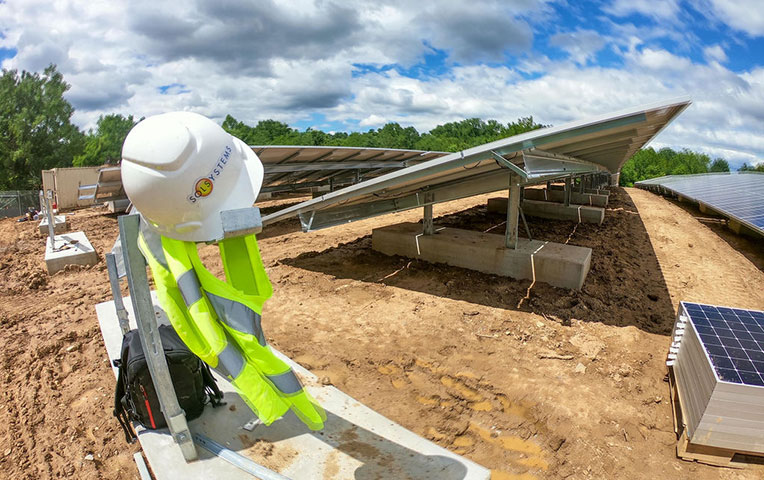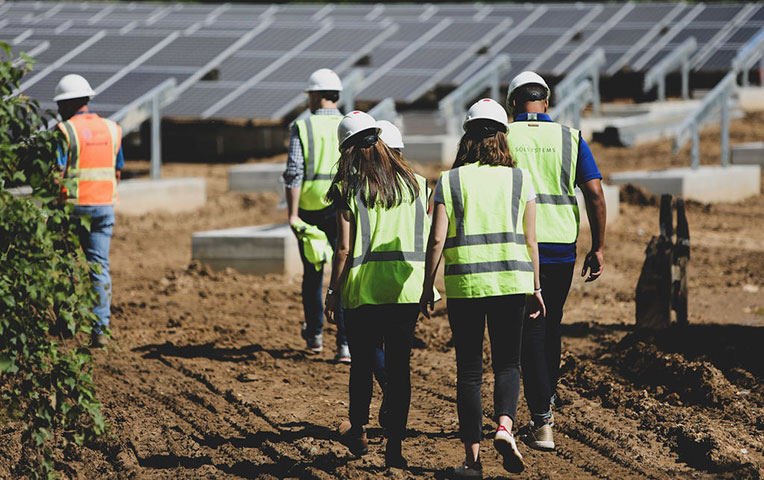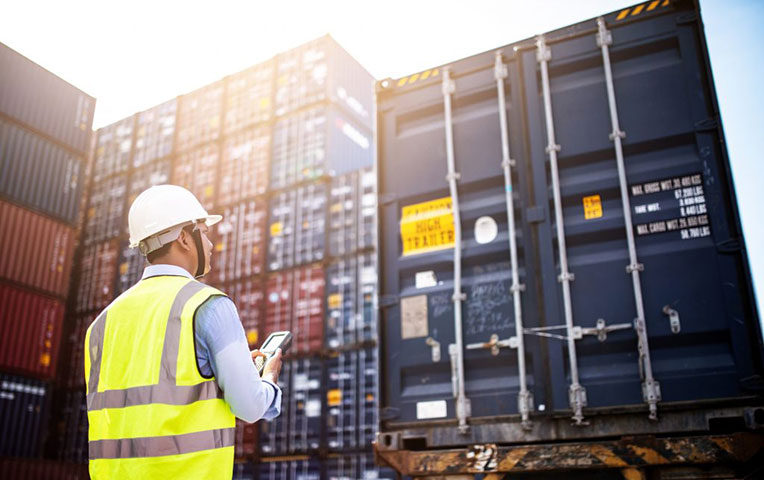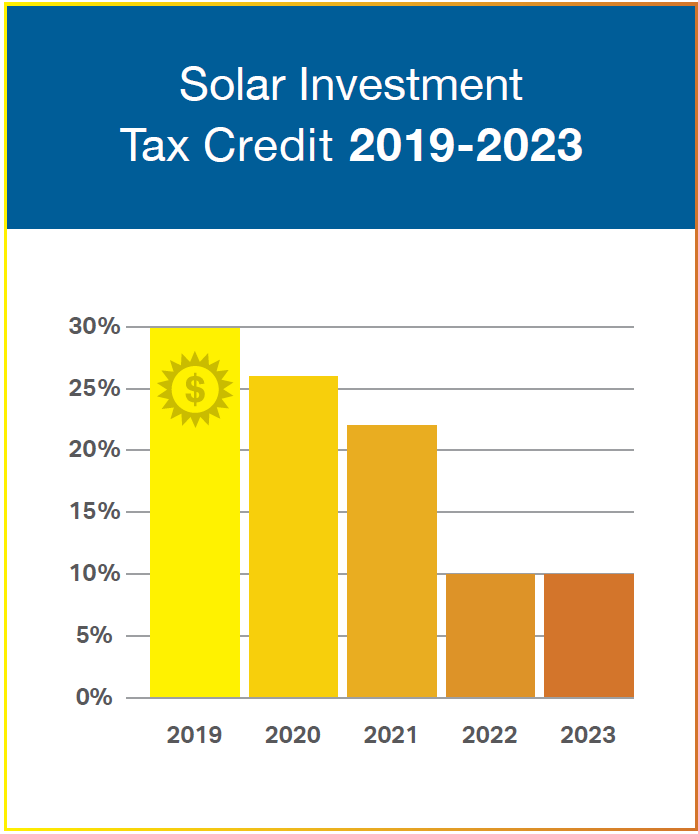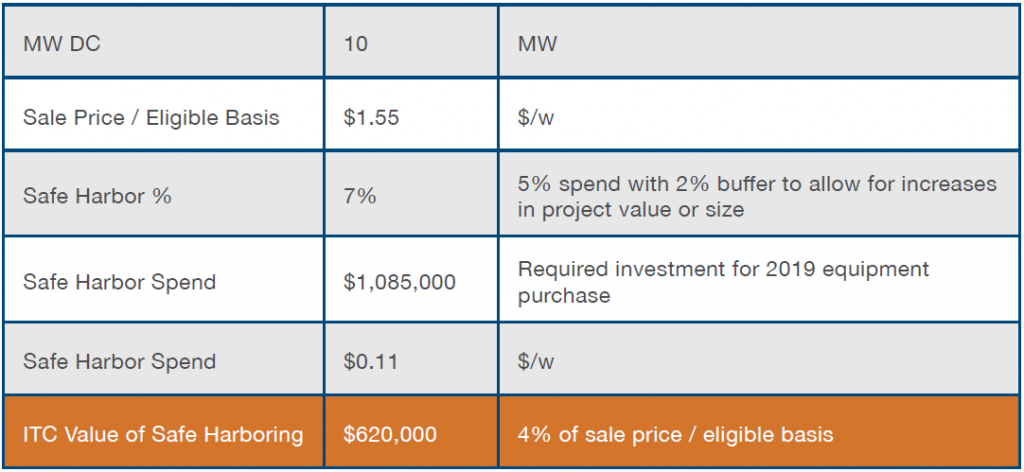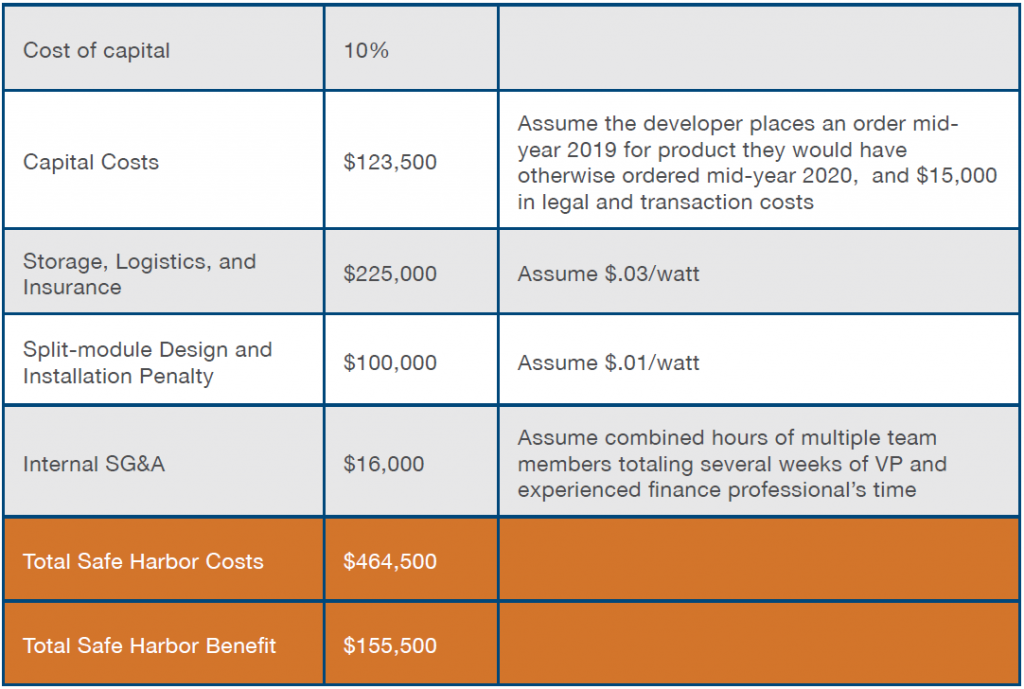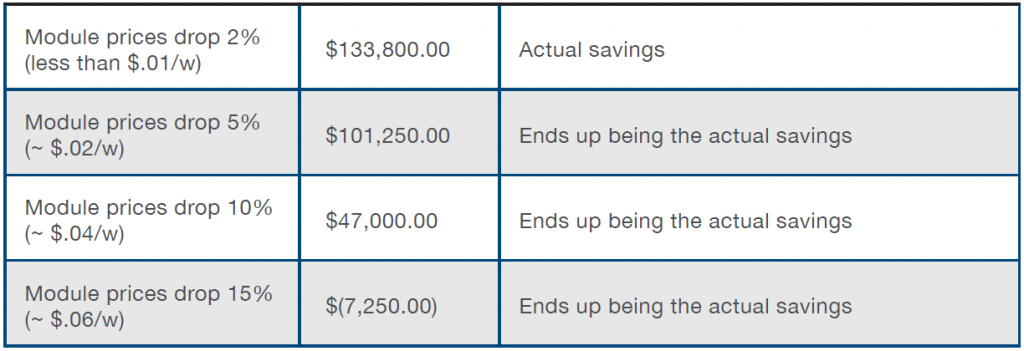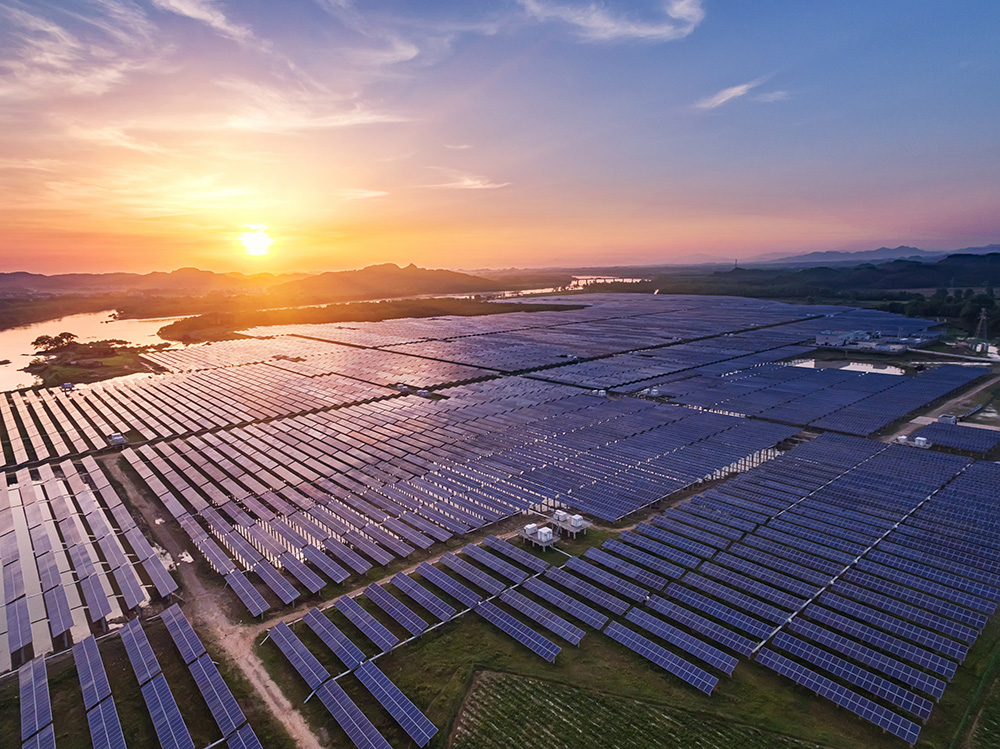This is an excerpt from the Q2 2020 edition of The SOL SOURCE, a quarterly electronic newsletter analyzing the latest trends in renewable energy development and investment based on our unique position in the solar industry. To receive future editions of the journal, please subscribe. The article was originally written for and published by Greentech Media.
The renewable energy asset class in the U.S., particularly solar and wind projects, is something of a safe haven for investors looking for non-correlated, stable, dollar-denominated long-term cash flows. But the solar market, like every sector of our economy, is changing amid the COVID-19 pandemic.
It is tempting to collapse these changes into a simple takeaway, like “tax equity is fine” or “rates haven’t changed." But the $20+ billion financial market supporting the solar industry is anything but simple, and COVID-19 will have different impacts on different segments of the industry and different players within those segments.
The investment community generally works like a waterfall where institutional investors drive investment into companies, assets or funds, which in turn often invest themselves.
Institutional investors are generally defined as pension funds, insurance companies, sovereign wealth funds, mutual funds, commercial banks and endowments investing on behalf of themselves or their members. These investors rank investment opportunities based on the underlying stability of returns, historic volatility, counterparty risk, liquidity and other factors. The different asset classes are characterized along a spectrum, running from "core" to "opportunistic."
A core investment in solar energy might be a fund or portfolio strategy focused on purchasing debt instruments on a 20-year contracted asset with an investment-grade counterparty. An example is the $2 billion in green bonds that Bank of America offered in 2019. An opportunistic investment might be a private equity firm investing in a portfolio of development assets in PJM expected to yield double-digit-percentage returns.
Both types of investments are impacted by COVID-19 — but not equally.
During times of crisis, institutional investors narrow their investment aperture, and there is a reallocation of investment from the higher-risk/higher-yield investments in opportunistic funds to lower-risk core funds. These investors immediately slow down the origination and underwriting machine until they have a better understanding of what is going on. In the last three months, a sizable number of opportunistic investments have become impaired amid the downturn. They might also set cash aside to support the investment or try to sell their interests if there is a liquid market.
Finally, the commercial paper market (debt backing corporations) is over $1 trillion in value, and this market has a massive impact on almost all institutional balance sheets because these investors hold so much of these investments. In one example, while Disney+ may be doing well, Disney itself was recently downgraded due to COVID-19’s impacts on its theme parks. Once a corporate credit rating is downgraded, an institutional investor that owns commercial paper must set aside additional capital to support the investment. This reduces liquidity.
Institutions can also sell the security, but when multiple corporates are downgraded, everyone begins to sell at the same time, and pricing declines precipitously. This is one of the most important credit markets for the economy, which is why the Federal Reserve of New York recently launched the Commercial Paper Funding Facility to support this market.
This broad reallocation of risk and investment impacts the entire solar industry, but it especially impacts those funds that support the more entrepreneurial efforts that have historically helped expand the market.
Impact on sponsor and development funds in solar
Funds that are backed by institutional capital and are structured to buy and hold assets over the long term generally target more conservative returns with long-term contracted cash flows. Assuming these funds have committed capital, they will weather the current storm. Similar funds that have not been closed and committed may take longer to close given restrictions on travel: Try closing a $500 million fund over Zoom. But this asset class was compelling prior to COVID-19, and it will continue to be in the future.
Investments in private equity funds that are seeking higher returns in exchange for risk may struggle in the current environment. Those funds that have committed capital will likely be more cautious in deploying it, and riskier assets may receive less attention. Those without committed capital are going to struggle to raise it in this environment.
This risk-off cycle will hit investments in merchant assets, development assets, aggregation facilities, non-investment-grade strategies, high-yield portfolios and developers seeking development capital. These entrepreneurial efforts are critical and sow the seeds for the industry’s future. Inevitably, these constraints will favor companies with access to larger balance sheets, and it will accelerate the developer consolidation already underway in the solar industry.
COVID-19's impact on tax equity and debt
Banks are the primary participants in both the tax equity and debt markets for solar. Bank exposure to the recent economic downturn has been driven primarily by loans, and in some cases, loans made to extractive industries and to retailers who have been hit hard by this crisis. The themes here are similar.
Debt
On the lending side, even as interest rates have fallen, the spread (generally a premium over LIBOR) has increased from 1.25 to 1.75 or 2.00, and in some cases even higher. The scale of the opportunity and the commercial weight of the lender matter. Lending fees have increased proportionately as well. Bank spreads and fees increase to compensate them for lower all-in returns on capital that results from lower interest rates. It will be interesting to see how this market changes in the next few months as the country attempts to return to normal.
Compounding this is an overarching concern around liquidity. As concerns grow around the integrity of outstanding loans, banks suffer the same capital constraints as institutional investors and funds. Further, because this is an industrywide issue, banks are struggling to syndicate loans out to other bank partners. As larger banks struggle to make money on syndicating loans, they must underwrite the entire loan to a long-term hold, all driving up the cost of capital.
Lending has always been a relationship business. It certainly is now. In the current market environment, if a developer or independent power producer doesn’t have scale or historic relationships, it can be challenging to secure loans. The stronger the relationship and the larger the opportunity, the better the terms.
Tax equity
Tax equity provides anywhere from 30 to 40 percent of the capital stack for solar. A functioning tax equity market is critical to a healthy solar industry.
From the outside, the solar tax equity market often looks monolithic, with half a dozen primary participants. The reality is that there are dozens of participants behind these entities investing in funds or through syndication structures. Some of the largest solar tax equity investors are syndicating 50 percent of their volume. This has pros and cons for the industry.
A broader population of tax equity investors means that markets are more resilient than most people assume. A significant number of investors are grocery chains and tech companies that are weathering the crisis. Syndication also means that the solar industry is incentivized to find new tax equity. That’s mission-critical for everyone.
The drawback is that syndicators don’t control or always know the profitability or commitments of their clients. This is why many of the large tax equity investors are honoring the term sheets in front of them but are slowing down new origination. Many smaller syndicators representing corporate customers are putting deals on hold. And of course, the banks themselves have their own challenges right now, and some of the largest banks have stepped out of the market as their exposure to industries like natural gas hammers their portfolios.
This is our single largest concern for the industry, which is why we're working closely with the Solar Energy Industries Association to explore whether there may be tools at the federal level (like refundability of the Investment Tax Credit) that can help address these issues.
The path forward
Anyone who has helped build a company in this industry knows the relentless struggle. The most we can do for one another is to share our experiences and perspectives. Here are a few suggestions.
First, if you’re a developer, avoid transitioning into owning assets if you don’t already. This is not the time to be initiating a new phase in your development business, and it may be a good time to consider simplifying it.
Second, if you are going to work with banks to secure long-term debt or construction debt for your projects, find a good partner and invest in that partnership. Ask about their approach and ensure you trust them. The same goes for tax equity. We’ve seen both sides, having both deployed tax equity and worked with our partners to secure it. Relationships matter.
Third, if you’re developing early-stage assets or semi-merchant assets, ensure you’re focused on quality and tenor. Also ensure that you’re capitalized to carry your assets a bit further into the development cycle than you may have planned. If you are not, prune your portfolio.
Most importantly, stay sane and stay hungry. Solar remains the future, and we’re building that future together.
ABOUT SOL SYSTEMS
Sol Systems is a leading national solar energy firm with an established reputation for integrity and reliability across its development, infrastructure and environmental commodity businesses.To date, Sol has developed and/or financed over 850 MW of solar projects valued at more than $1 billion for Fortune 100 companies, municipalities, counties, utilities, universities and schools. The company also actively shapes and trades in environmental commodity and electricity markets throughout the United States. The company was founded in 2008, is based in Washington D.C, and is led by its founder. Sol Systems works with its team, partners, and clients to create a more sustainable future we can all believe in. For more information: www.solsystems.com



